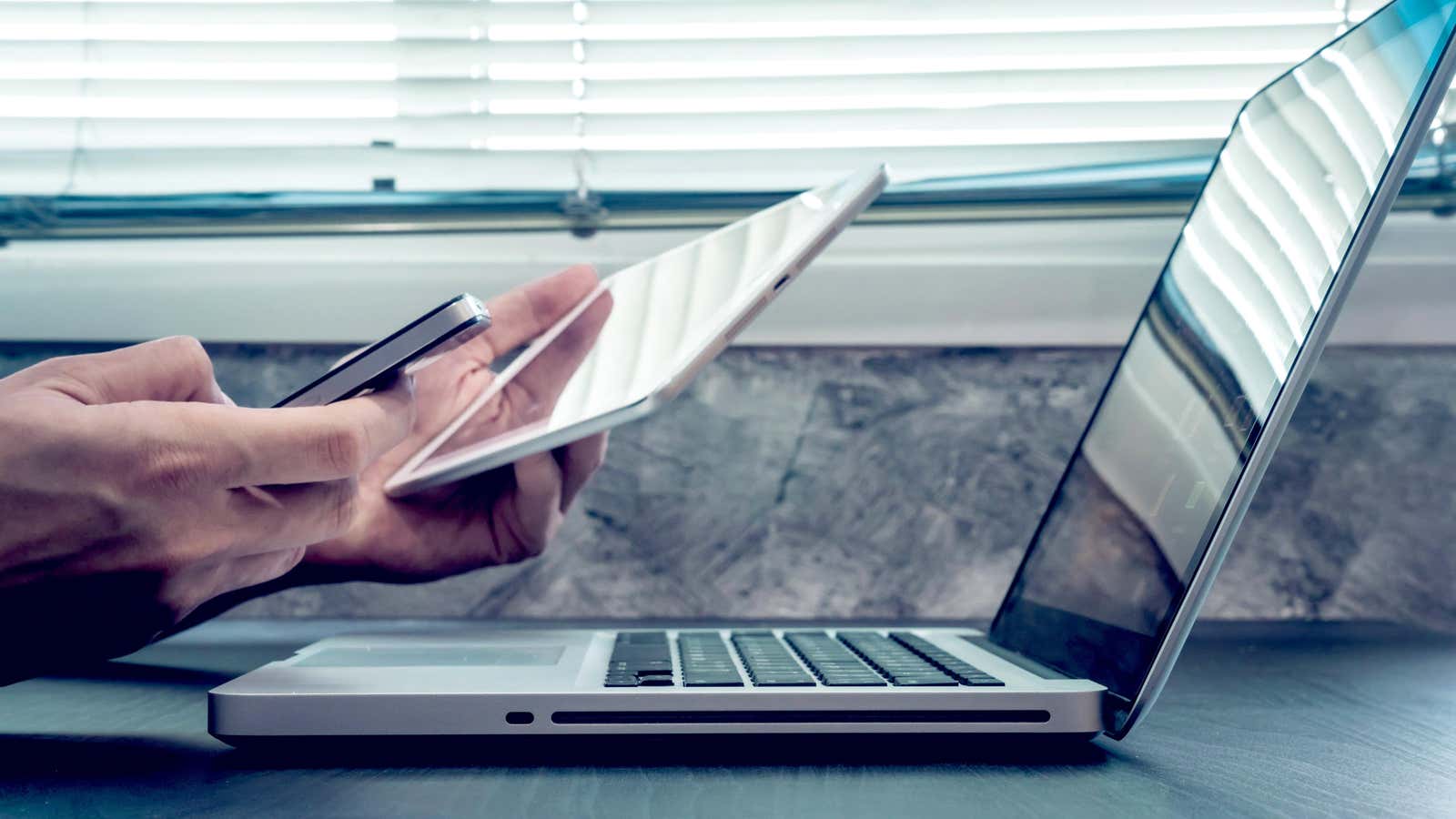How to Speed up Slow ICloud Sync

When you need access to data like contacts, calendar events, and photos across all your devices, iCloud is your best friend. And yet, it is often our best friends who can really get on our nerves. I know the frustration when an iCloud backup takes so long that I end up canceling it. (Of course, this act of impatience leaves me even more frustrated, and then I resort to texting myself with grainy versions of the photos I needed to sync in the first place.)
Under ideal conditions, the iCloud sync process will only take a few seconds. However, if this seems like it will take forever to you – or you’re just as impatient as I am – here are a few simple steps to keep things running efficiently.
Why iCloud sync can be slow
If iCloud backup is turned on automatically, your device should back up when your phone is powered, locked, and connected to Wi-Fi. The main reasons for freezing or slow synchronization are low power consumption or poor network connection.
For optimal backup speed, make sure all your devices are connected to a reliable Wi-Fi or cellular network. Whatever the battery percentage, it doesn’t hurt to plug your device into a power source, especially if you’re trying to sync a lot of data.
For photos in particular, images won’t sync automatically if your iPhone is in low power mode. According to Apple’s support page , the time it takes to upload your photos and videos to iCloud depends on the size of your collection and your internet speed. If you have a large collection of photos and videos, it may take longer than usual to load.
Connect to the same Wi-Fi
In addition to a reliable network connection, make sure the devices you want to sync are connected to the same network. This way, iCloud can transfer data directly between devices instead of “bypassing” iCloud servers.
Check available storage space
First, make sure you have enough free iCloud space on your account. Tap Settings > [your name] > iCloud > Manage Storage, which will tell you how much iCloud storage you’re using and which apps are taking up the most space. Consider deleting infrequently used apps that are taking up space, or you can upgrade your iCloud storage plan to store more data. Learn how to buy additional iCloud storage .
Check for updates
Make sure you have the latest version of macOS on a Mac, iOS on an iPad, or iPhone, or Windows on a PC.
You can also double check that iCloud services are working properly by visiting Apple ‘s system status page to make sure there aren’t currently any software issues that you can’t control.
Make sure sync is enabled
Whether your iCloud backups are automatic or manual, make sure all the devices you want to sync are (1) set to the same time and date and (2) have iCloud Drive/Documents & Data enabled . Here’s how to enable iCloud backup automatically:
- iOS: Settings > Apple ID > iCloud > iCloud Drive. Switch iCloud back to “On”
- Mac: System Preferences > iCloud > make sure all iCloud services you want to sync are checked.
To manually back up your phone via iCloud, go to Settings > [your name] > iCloud > iCloud Backup > Back Up Now. In the same way, you can check when your device was last successfully backed up.
For contacts and calendars: forced sync
If you’ve made changes to your contacts or calendars on one device that aren’t showing up on another, this is a manual trick to make them show up on the new device.
Select the app on your iOS device. For calendars, click the Calendars button at the bottom of the page; For contacts, select Groups. On the next page, drag the screen down until the spinning activity icon appears at the top. The activity icon should spin briefly and you should find that iCloud has synced your calendars for you.
Sign out of iCloud and sign back in
The classic “power off and back on” method: if your network, power, and system updates are out of control, you should try logging out of your iCloud account on your iOS device or Mac and then logging back in.
Shared folder hack
One of the user tips posted on this Apple forum suggests creating an iCloud shared folder for yourself. The idea is that, for example, waiting for one photo to be backed up like one of many can take forever while the photos are synced across devices. Instead, you can take a shortcut by uploading this image to iCloud Drive. This works best when you are trying to isolate specific downloads from a much larger backup.
Here’s how to create an iCloud shared folder . Give it a try and let us know and let all your devices be in sync from now on.